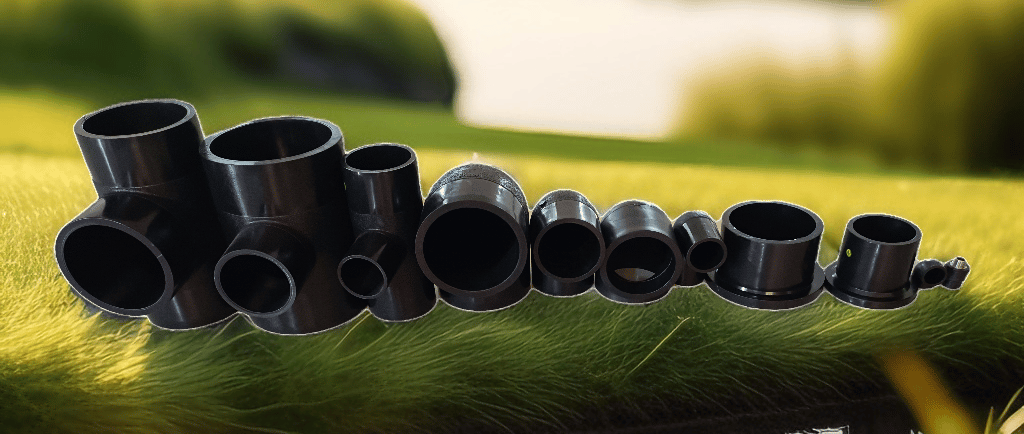Exploring HDPE Materials: Advantages and Disadvantages
10/1/20241 min read


Introduction to HDPE Materials
High-Density Polyethylene (HDPE) is a widely used plastic known for its strength and durability. It finds applications in various industries, including packaging, construction, and piping. This analysis delves into the advantages and disadvantages of using HDPE materials, helping you make informed decisions whether you are a manufacturer or a consumer.
Advantages of HDPE Materials
HDPE comes with a plethora of benefits that make it a popular choice among manufacturers and consumers alike:
- Durability: HDPE is known for its resilience and longevity. It can withstand harsh environmental conditions, making it ideal for outdoor applications.
- Corrosion Resistance: Unlike metals, HDPE does not rust or corrode, increasing its lifespan and reducing maintenance costs.
- Lightweight: Despite its strength, HDPE is lightweight, which facilitates easier handling and transportation.
- Low Reactivity: HDPE's chemical resistance means it can store various substances without risk of contamination, making it suitable for food and chemical packaging.
- Environmental Impact: HDPE is recyclable, and its production involves a lower carbon footprint compared to other types of plastics.
Disadvantages of HDPE Materials
While HDPE has numerous advantages, it also has some drawbacks that should be considered:
- Temperature Sensitivity: HDPE can become brittle at low temperatures, which may limit its use in colder climates.
- UV Degradation: Prolonged exposure to UV light can degrade HDPE, causing it to lose structural integrity if not treated with UV stabilizers.
- Material Cost: Although typically economical, the initial cost of HDPE can be higher than other materials in certain applications, such as PVC.
- Limited High-Temperature Resistance: HDPE has a lower tolerance for high temperatures compared to some other plastics, which may restrict its use in applications that involve heat.
Conclusion
In summary, HDPE materials offer a balance of strength, lightweight characteristics, and chemical resistance that make them suitable for various applications. However, factors such as temperature sensitivity and potential UV degradation must be taken into account. Understanding the advantages and disadvantages of HDPE can aid manufacturers and consumers in making the right decisions for their specific needs.
